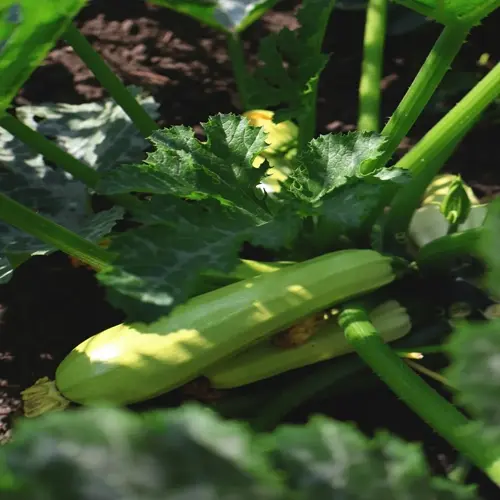What are common vertical gardening mistakes?

Written by
Olivia Mitchell
Reviewed by
Prof. Samuel Fitzgerald, Ph.D.Growing herbs vertically takes advantage of spatial constraints but introduces different complications. Overwatering leads to root rot, and underwatering ultimately puts stress on the plants. If there is not enough drainage, the roots are drowned quickly. Sunlight mismatches will lead to stunted growth. Recognizing the various troubles early can prevent crop failures.
Watering Management
- Use finger test before watering
- Install drip irrigation with timers
- Water early morning to reduce evaporation
Light Optimization
- Track daily sun patterns seasonally
- Rotate planters weekly for even exposure
- Use reflective surfaces to boost intensity
Seasonal Adjustments
- Reduce watering frequency in winter
- Increase hydration during heat waves
- Relocate planters for temperature changes
The makeup of the soil directly affects how well the drainage functions. Heavy garden soils become compacted in containers. Make custom mixes from 40% coco coir and 30% perlite. Check drainage before planting. Layer gravel in the bottom of containers. These actions alleviate over-watering of the roots.
The distance between herbs has a dramatic effect on airflow. Too close allows for fungal disease and insects. Observe planting distances: basil needs 8 inches between plants, mint 12 inches. Prune for airflow. These practices also help with disease pressure.
Delayed maintenance leads to losses that could have been avoided. In winter, plants require less water and protection from frost. In the summer, increased moisture and some shade solutions. Keep track of local weather trends using weather apps. Gradually adjust the needs as a seasonal shift takes place. This proactive approach will enable plants to produce year-round.
Recover from prior mistakes by taking corrective actions. Repot waterlogged herbs into new soil. Move plants that lack light to a brighter location. Split any plants that are very crowded right away. Replace a plant's compacted soil. The majority of herbs rebound quickly with the correct intervention.
Read the full article: 12 Vertical Gardening Herbs You Can't Miss

